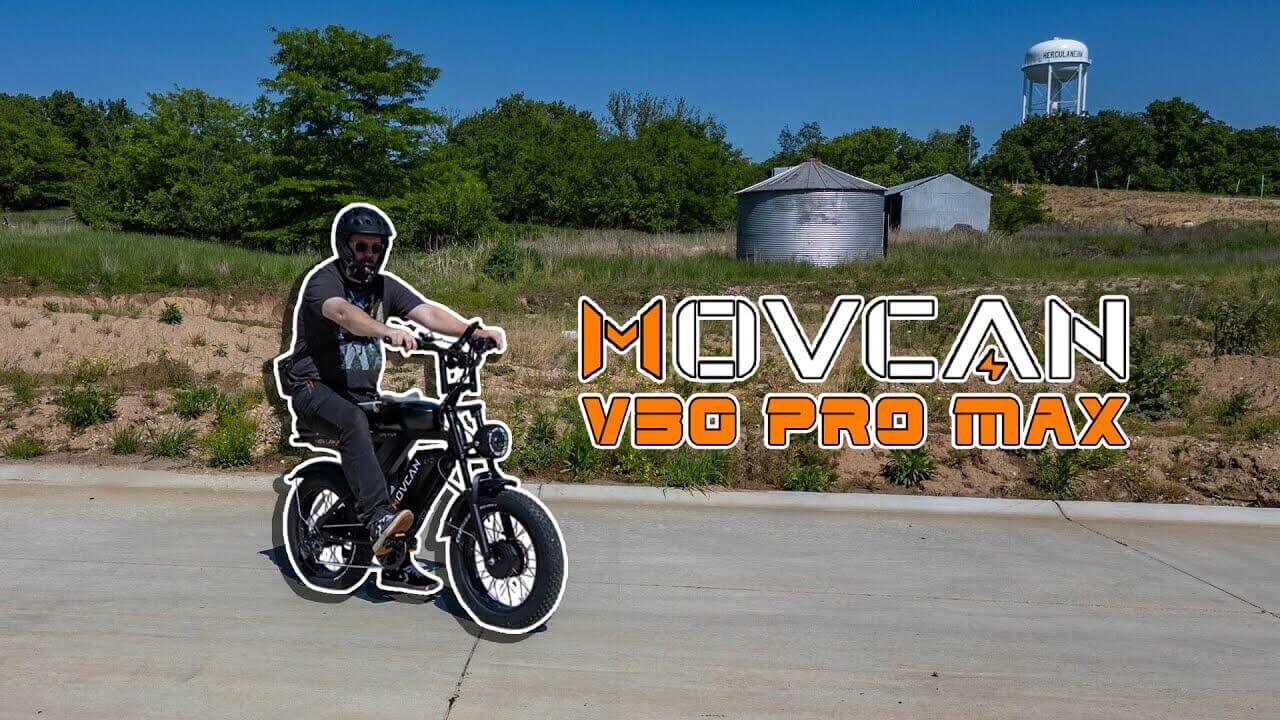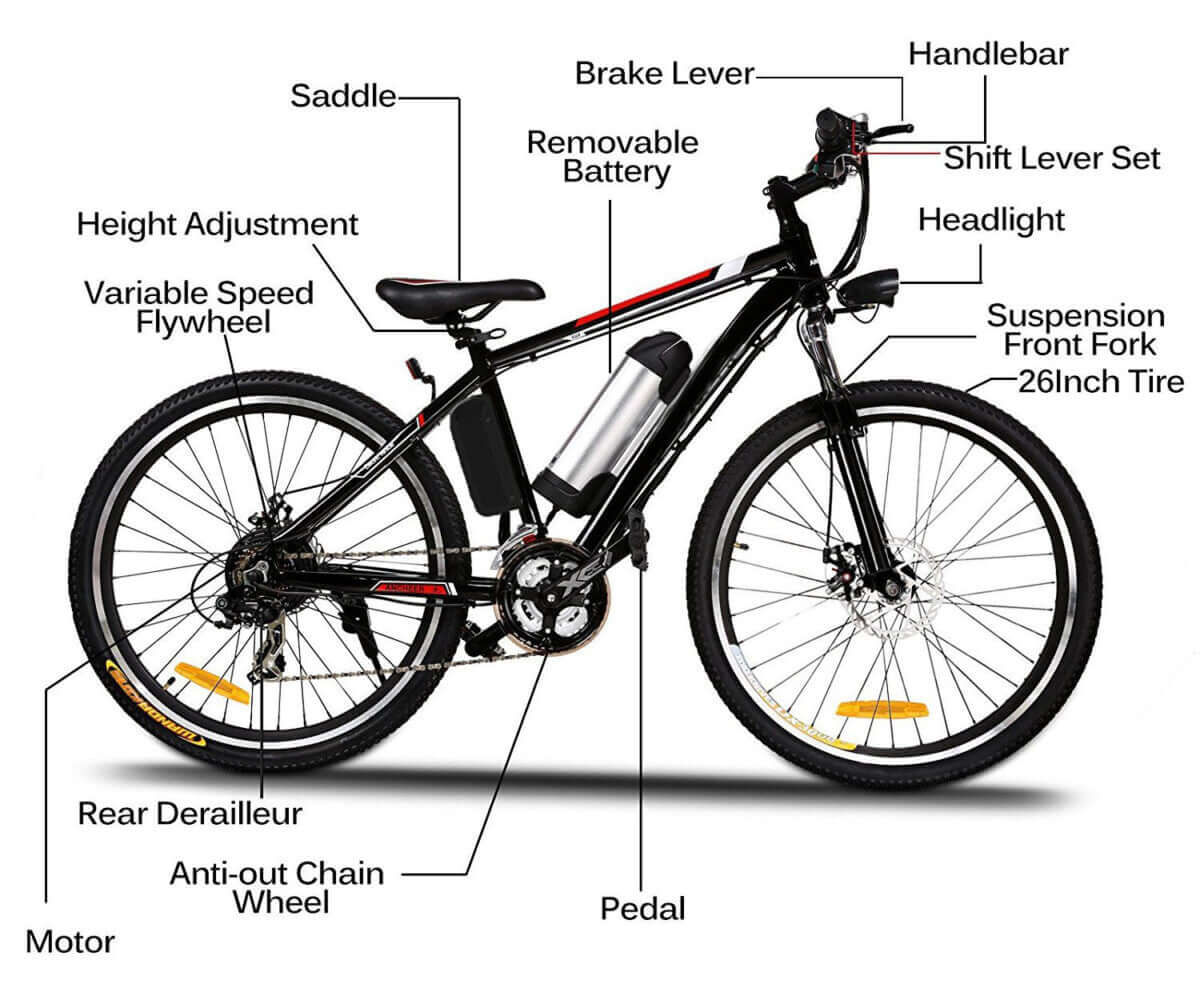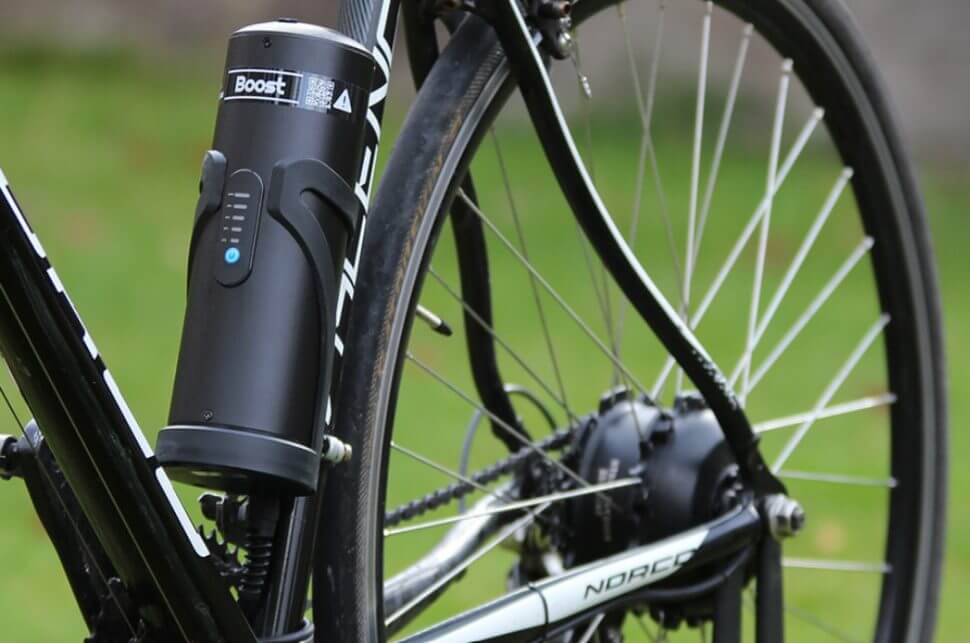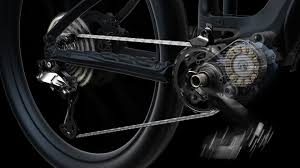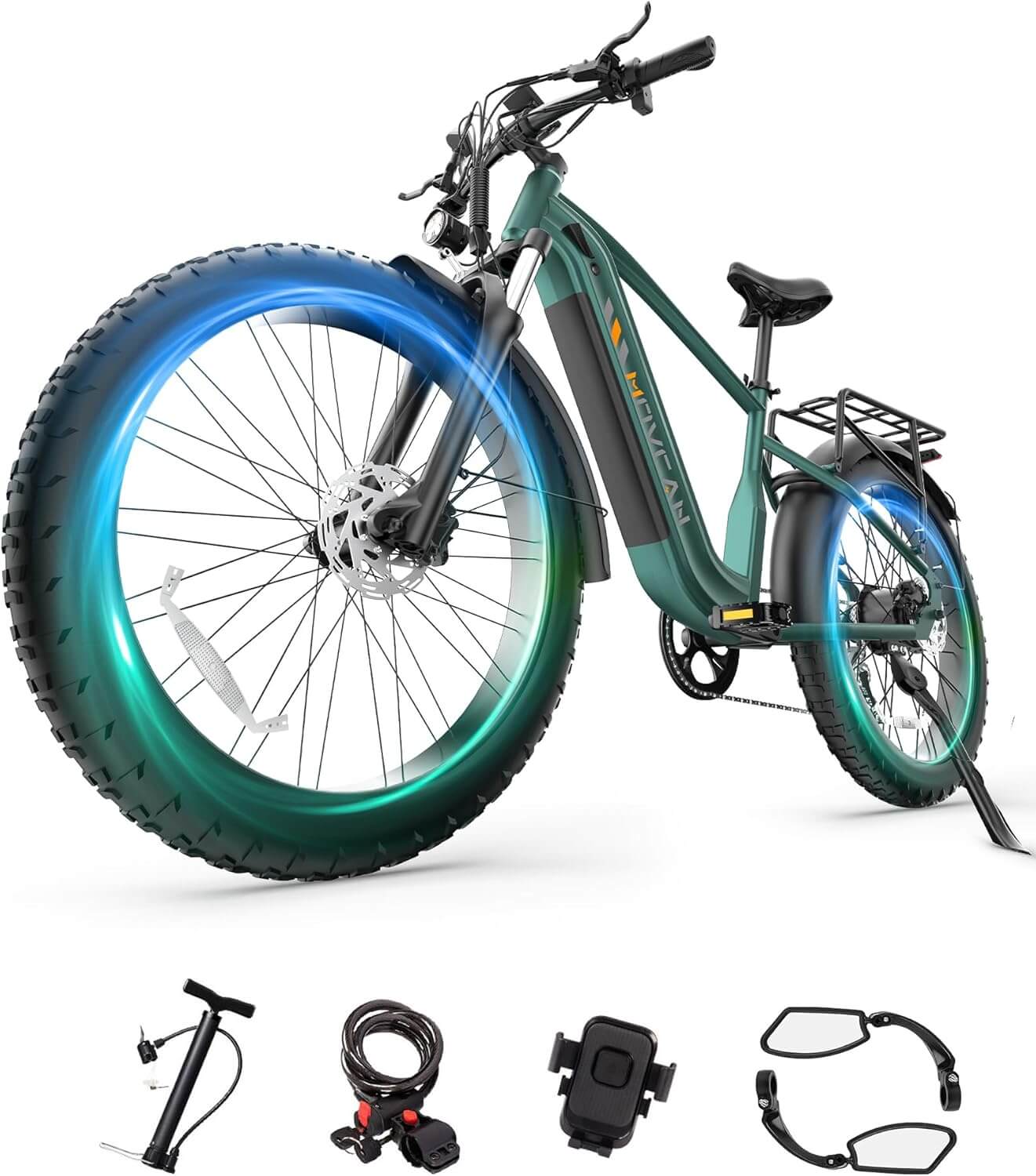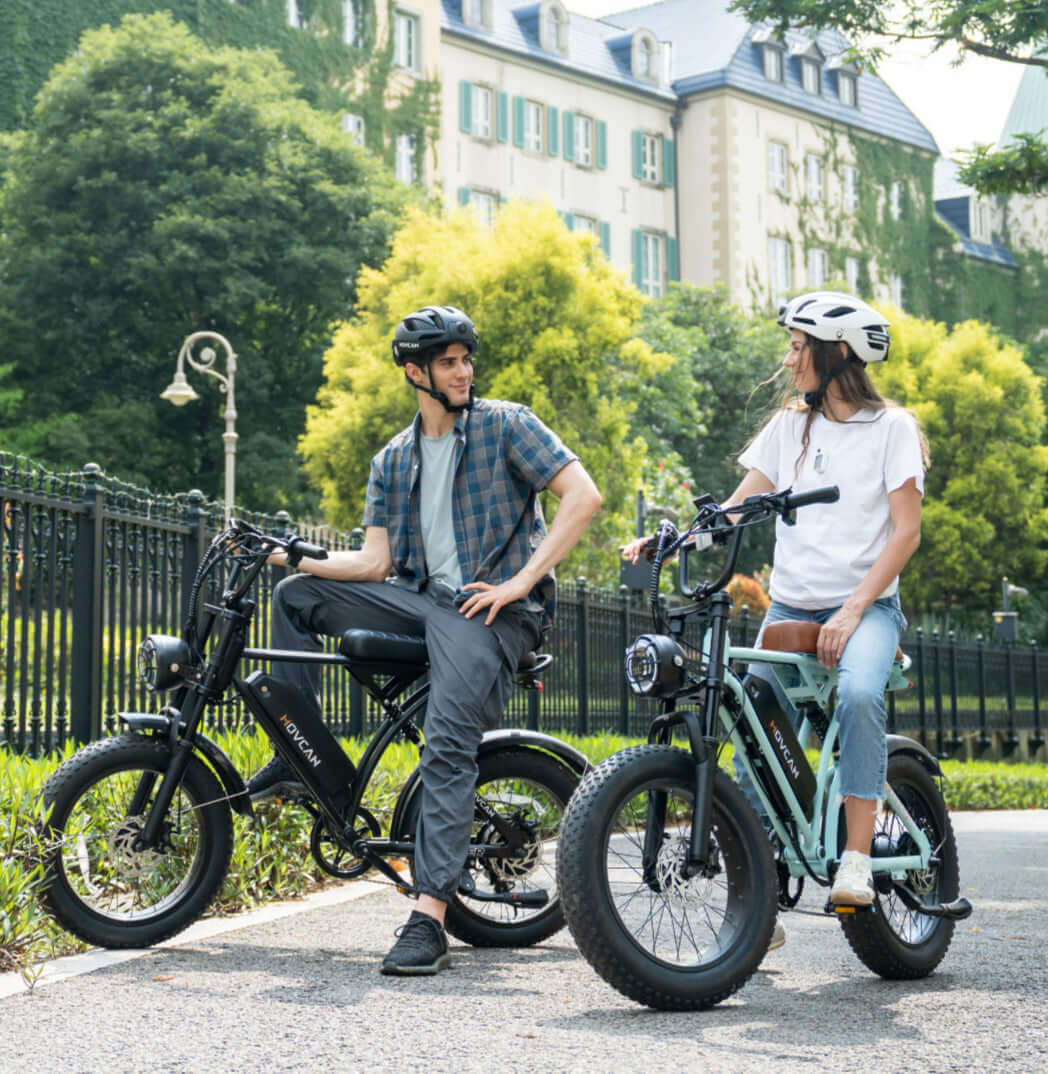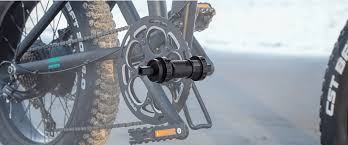Blog
Electronic Shifting Upgrades: Revolutionizing Your E-Bike Experience
The e-bike revolution has reached an exciting new milestone with the introduction of cutting-edge electronic shifting systems. As we navigate through 2025, manufacturers are pushing the boundaries of technology, ensuring riders enjoy even greater efficiency, comfort, and environmental benefits. Whether you're a commuter seeking seamless gear changes or an adventure rider demanding precision performance, electronic shifting upgrades are transforming how we experience electric cycling.
E-Bike Materials Guide: Frame, Battery, and Component Technologies
The e-bike industry is experiencing a materials revolution in 2025, with advanced technologies transforming everything from frame construction to battery chemistry. Understanding these material innovations is crucial for making informed decisions about your next electric bike purchase. This comprehensive guide explores the latest developments in e-bike materials, from cutting-edge carbon fiber frames to revolutionary solid-state batteries and emerging lightweight alloys that are reshaping the industry.
E-Bike Conversion Kit Reviews: DIY Options for Converting Traditional Bikes
Converting your traditional bicycle into an electric bike has never been more accessible or affordable. With the rapid evolution of e-bike conversion technology in 2025, riders can now transform their beloved bikes into powerful electric machines at a fraction of the cost of buying a new e-bike.
Choosing Between E-Bike Classes: Understanding Class 1, 2, and 3 Differences
Class 1 e-bikes offer pedal-assist up to 20 mph (most versatile for trails), Class 2 adds throttle capability at 20 mph (easiest for beginners), and Class 3 provides pedal-assist up to 28 mph (fastest for commuting). Your choice depends on where you'll ride, your experience level, and local regulations.
Folding E-Bike Revolution: Ultimate Urban Portability Solutions for 2025
The urban mobility landscape is experiencing a folding e-bike revolution, with 2025 bringing unprecedented innovations in portable electric bikes that are reshaping how city dwellers commute. The rise of the folding electric bike is particularly noteworthy, offering unmatched portability and convenience for urban commuters, with manufacturers prioritizing lightweight electric bikes without compromising durability.
The Future is Here: Automated Gear Shifting Revolution for E-Bikes
The e-bike industry is experiencing a revolutionary transformation with the introduction of automated gear shifting technology. Leading brands like Shimano, SRAM, and Bosch are pioneering systems that eliminate manual shifting, creating a seamless riding experience that adapts to terrain and rider preferences automatically.
The Lightweight E-Bike Revolution: Why Under-20kg Models Are Changing Everything
The e-bike industry is experiencing a groundbreaking transformation in 2025, with manufacturers pivoting toward lightweight electric bikes that weigh under 20kg (44lbs). This shift represents more than just a weight reduction—it's a complete reimagining of what electric mobility can be.
How AI is Revolutionizing Electric Bicycle Energy Efficiency
AI-powered electric bicycles are transforming urban mobility by optimizing energy consumption up to 20%, reducing carbon emissions by 90% compared to cars, and delivering personalized route planning that extends battery life beyond 100 miles per charge.
Cadence Sensor vs Torque Sensor: Choosing the Right Pedal Assist Technology
Electric bikes render urban transport more sustainable because they unite bicycle advantages with automated power capabilities. The pedal assist system stands as the primary performance component within any e-bike because it decides how power distribution unfolds during cycling. The market contains two dominant sensor types which include torque sensors along with cadence sensors. Riding experience depends on these essential components that determine both energy consumption from the battery and e-bike comfort during use.


